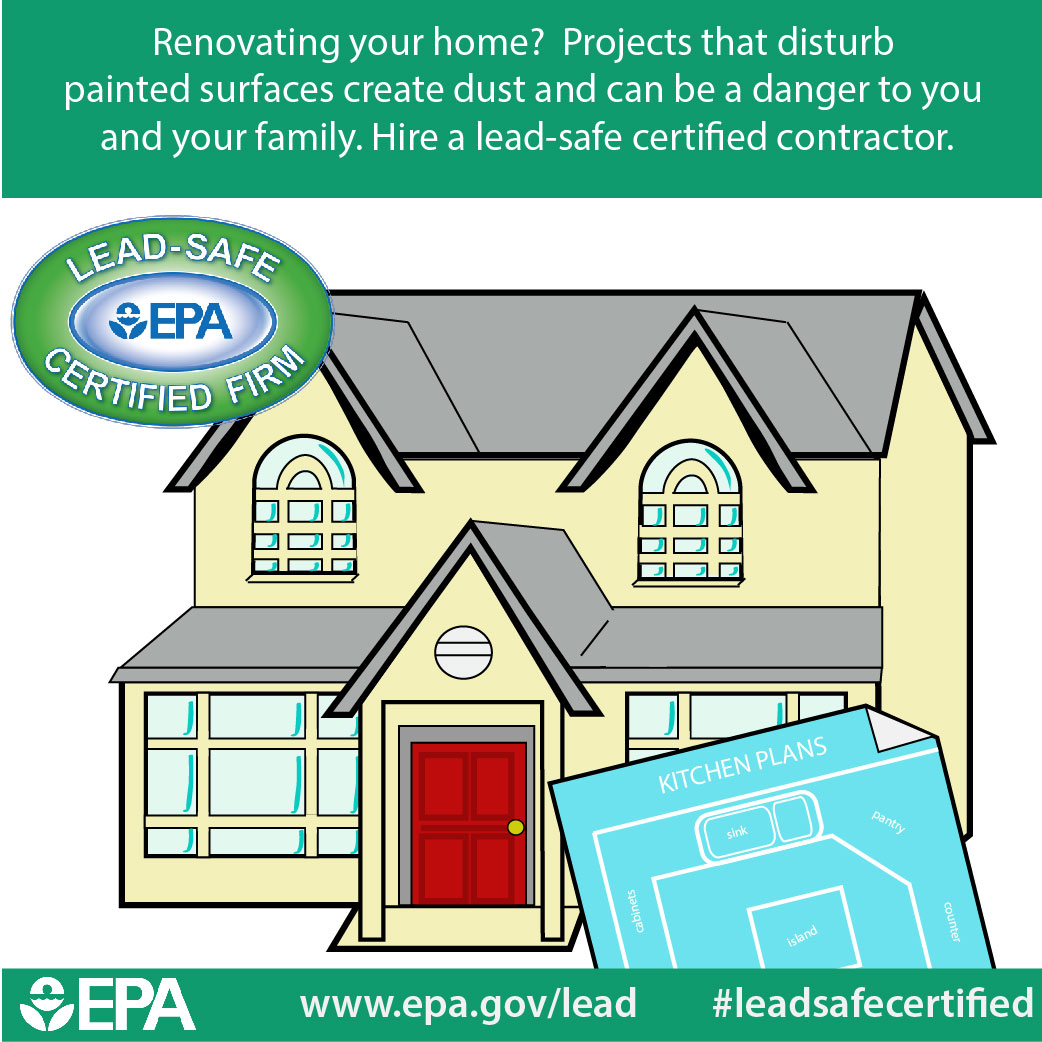Important Seasonal Aspects Of Commercial Outside Paint: What You Should Understand
Important Seasonal Aspects Of Commercial Outside Paint: What You Should Understand
Blog Article
Article Developed By-Regan Celik
When you're planning an industrial external painting job, seasonal elements can make or damage your results. You'll want to think about how temperature and humidity influence paint application and drying times. Selecting the appropriate period can ensure your paint sticks properly and lasts longer. But which periods are absolutely the best for this kind of job? Let's explore the crucial elements that can impact your task's success.
The Influence of Temperature Level on Paint Application
When you're intending an industrial outside paint project, the temperature level can substantially affect exactly how well the paint sticks and dries out.
Preferably, you intend to repaint when temperatures vary in between 50 ° F and 85 ° F. If it's also chilly, the paint may not heal effectively, resulting in problems like peeling or breaking.
On the other hand, if it's also warm, the paint can dry also quickly, stopping appropriate adhesion and resulting in an uneven finish.
You need to also take into consideration the time of day; morning or late afternoon uses cooler temperature levels, which can be much more positive.
Constantly check the maker's referrals for the details paint you're making use of, as they frequently provide advice on the excellent temperature range for optimum outcomes.
Humidity and Its Impact on Drying Times
Temperature level isn't the only ecological aspect that influences your commercial external paint task; moisture plays a significant role too. High humidity levels can reduce drying out times considerably, impacting the general top quality of your paint job.
When the air is filled with moisture, the paint takes longer to heal, which can cause concerns like inadequate bond and a greater risk of mold growth. If you're painting on a specifically moist day, be planned for extensive wait times in between layers.
It's important to keep an eye on regional climate condition and plan as necessary. Ideally, aim for humidity degrees in between 40% and 70% for ideal drying out.
Keeping commercial painting contractors minneapolis in mind ensures your task stays on track and supplies an enduring finish.
Best Seasons for Commercial Exterior Painting Projects
What's the most effective season for your industrial outside paint jobs?
https://independent-painters-near43220.creacionblog.com/34132347/discover-the-latest-techniques-and-patterns-in-residence-painting-and-be-mesmerized-by-the-innovative-ways-to-transform-your-home and early autumn are commonly your best options. During weblink , temperature levels are mild, and moisture degrees are commonly lower, developing perfect conditions for paint application and drying out.
Stay clear of summertime's intense heat, which can create paint to completely dry also rapidly, resulting in poor adhesion and surface. In a similar way, winter months's cold temperature levels can impede correct drying out and curing, taking the chance of the durability of your paint job.
Go for days with temperature levels between 50 ° F and 85 ° F for ideal results. Bear in mind to examine the regional weather report for rainfall, as wet problems can destroy your job.
Preparation around these factors guarantees your painting project runs efficiently and lasts much longer.
Conclusion
In conclusion, intending your commercial exterior paint jobs around seasonal considerations can make a significant distinction in the end result. By scheduling work during the ideal temperature levels and humidity degrees, you'll guarantee much better bond and drying out times. Keep in mind to watch on neighborhood weather prediction and select the correct time of year-- springtime and early fall are your best choices. Taking these actions will help you accomplish a durable and expert coating that lasts.
